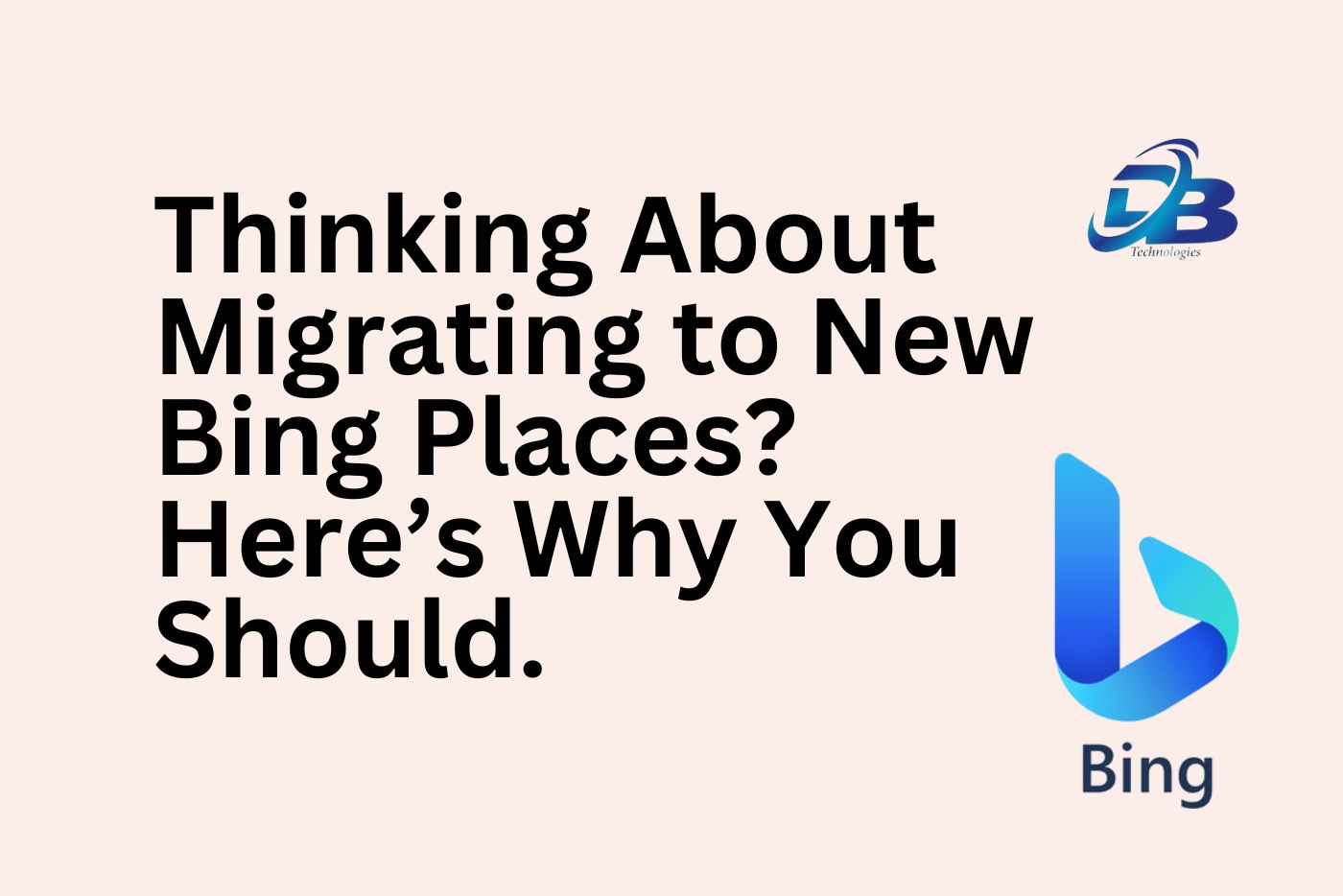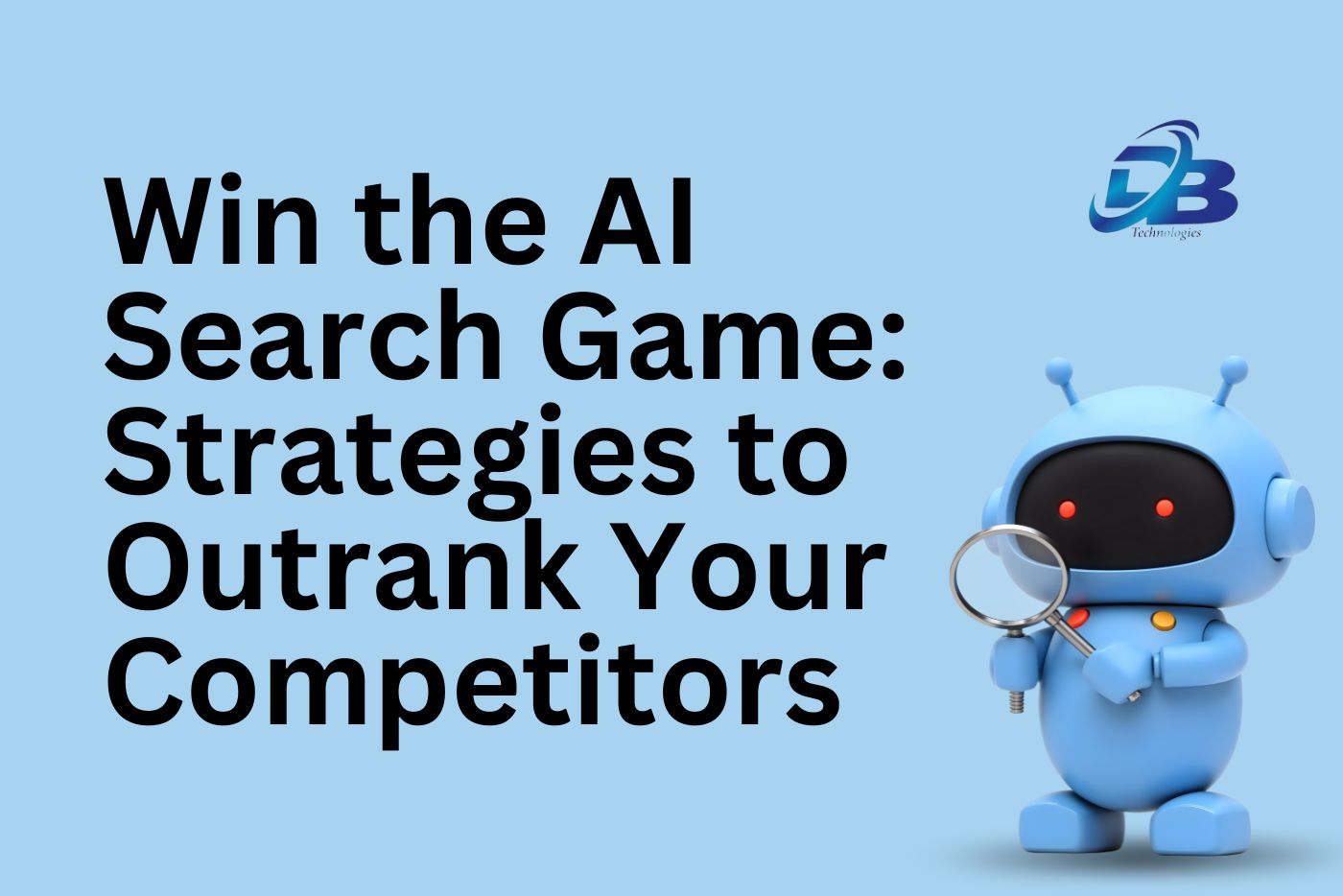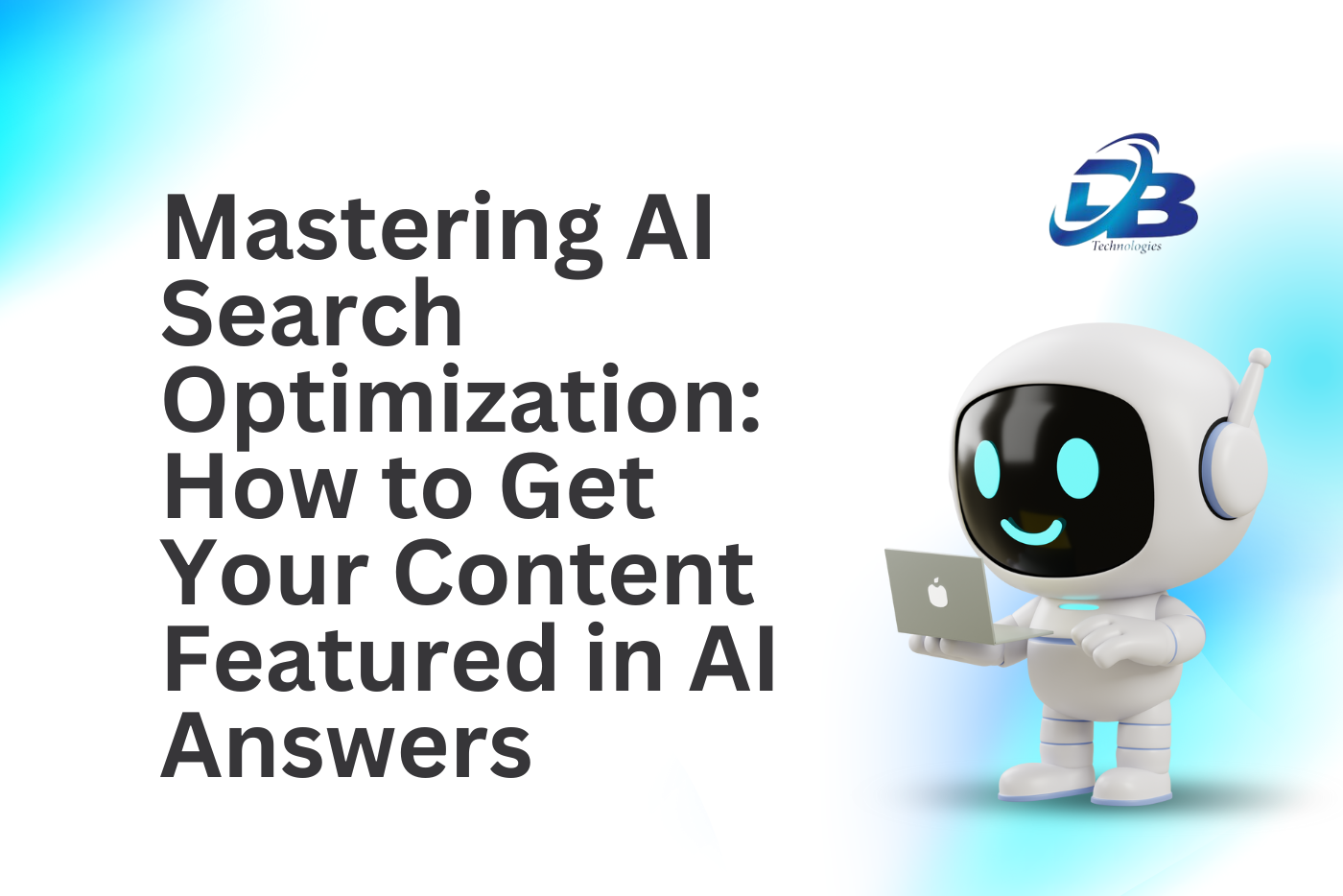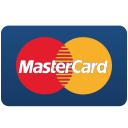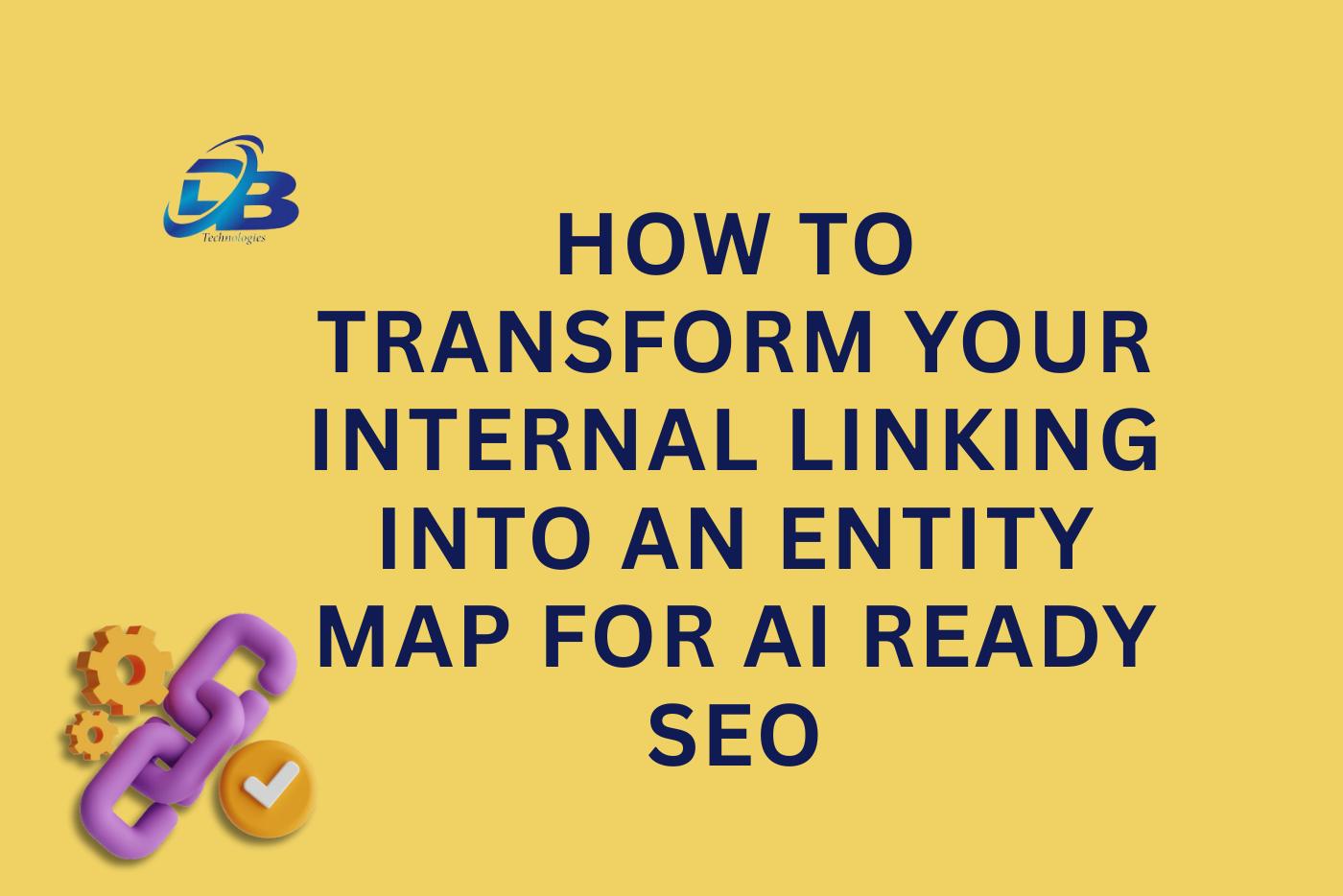
Most of us who’ve been around digital marketing for a while know the usual checklist including keywords, backlinks, meta tags, content. But there’s one thing we often leave at the bottom of the list: internal linking.
It may look simple, almost boring, but the truth is it decides how both people and search engines move through your website. Being the best digital marketing company in Dubai , we’ve come across many sites with great content but poor internal linking fail to perform, while smaller sites with a clear linking structure rise up the rankings.
In the past, internal linking was all about crawlability. You wanted Google to find all their pages. This is still true, but now there is a large layer of AI powered search engines that do not just crawl your site, they interpret it.
By understanding the meaning of your content, relationships between different subjects, and how all this together want to know the relationship. This is the place where the concept of entity mapping comes in.
The term “entity mapping” seems technical, but don’t worry. It is not as complicated as it seems. You can think of institutions as “things that exist” , like a person, a brand, a city, or even a thought.
When you add those institutions through your internal link properly, you are basically making a map for AI. You are saying, “Hey Google, this is what is about my website, and that is how everything fits together.”
The good news is that you do not need to buy expensive software to rebuild or start from scratch. Whatever you want is a clear plan, some patience and your content not only as a desire to see as isolated pieces, but as part of a large ecosystem..
So in this blog,we will walk you through exactly how to transform your internal linking into a practical, AI ready internal linking strategy for entity mapping.
What is Entity Mapping and Why It Matters for SEO in 2025
In simple words, an entity is just a thing. It can be a person, thing , place or even an idea. Lets take an example to understand the concept in a better way.
“Apple” can mean the fruit. “Apple” can also mean the tech company.
“Paris” might be the city in France or the celebrity.
Search engines like Google and AI systems need to figure out which “Apple” or “Paris” you’re talking about. That’s where entities come in. They help AI connect the dots and understand meaning instead of just looking at keywords.
Now, when we say “entity mapping,” what we really mean is showing the relationship between different things on your website.
Similarly, if you have a fitness website the possible entities would be,
Workouts, Nutrition, Weight loss, Supplements, Mental health.
If you write an article about “Protein Shakes,” you don’t just leave it hanging there. You connect it to “Nutrition” (because shakes are food related), “Muscle Recovery” (because athletes drink them for that), and maybe even “Weight Loss” (since people use shakes for dieting). That linking creates a little map of how all these entities live together.
Why does this matter? Because in 2025, search is not only about matching words anymore. Google and other AI powered engines want to understand context. They want to know your website is not just random articles but a network of connected ideas. If you give them that clear picture, you become a trusted source.
From Keywords to Entities: The Big Shift in Search
If you’ve been around SEO for a while, you’ll remember how it used to be. It was all about keywords. You’d pick a phrase like “best cheap flights,” sprinkle it across your page a dozen times, maybe bold it once or twice, and you’d show up in search. Those were simpler days, but also, kind of messy.
With just keywords, search engines often got it wrong.That’s why the big shift happened.
Let’s crack it with a simple example.
Old SEO way: You write “best pizza New York” over and over again on a page. You might rank, but the page looks robotic and boring.
New SEO way: You write an article about New York pizza, but you connect it with related things—Brooklyn style pizza, famous pizzerias like Lombardi’s, Italian food culture, even the history of pizza in the U.S. Suddenly, it’s not just about one keyword. It’s about a whole network of ideas that make sense together.
This is why entities beat keywords. Entities allow AI to actually understand your content. When your site shows those connections through internal linking, you’re basically giving Google a clear map instead of making it guess.
So yes, keywords still matter, but they’re not the whole picture anymore. Entities are the new backbone, and your internal links are what tie them all together.
The Role of AI in Understanding Your Website
Here’s the kicker: search engines no longer “read” your site like humans do. They parse, analyze, and cluster.
AI looks for:
1) Clear hierarchies (what’s most important on your site?)
2) Contextual relationships (do related topics connect?)
3) Signals of expertise (are entities mapped properly?)
Your internal links act like “breadcrumbs” for AI. If you link your blog about “protein shakes” to pages about “muscle recovery” and “fitness routines,” you’re basically telling the algorithm: “Hey, these things belong in the same universe.”
That’s why building an AI ready internal linking strategy for entity mapping isn’t optional anymore. It’s survival.
Also , don’t miss out to read our blog on, “Protecting Your Brand Reputation in AI Search”
Internal Linking as a Silent Powerhouse
If backlinks are the kings of SEO, internal links are the quiet queens. Underestimated, but running the show.
Why internal links matter more than you think:
1) Crawlability – They help bots discover new pages faster.
2) Relevance – They show relationships between topics.
3) Authority flow – They distribute “link juice” across your site.
4) User experience – They help visitors go deeper (more time on site is a good signal).
But here’s where people mess up: most just link for navigation, not meaning. An entity focused approach flips that. You don’t just link because “oh, this blog is kinda similar.” You link because it reinforces an entity relationship.
How to Spot Weak Links in Your Current Structure
Quick reality check. Before you fix internal linking, you gotta see where it’s broken.
Here’s a simple audit checklist:
1) Do your most important pages have enough internal links pointing to them?
2) Are links random or do they build entity connections?
3) Do you have “orphan pages” (pages with no links)?
4) If the anchor texts are meaningful, or just “click here”?
If AI looked at your site today, would it understand your main entities? If not, it’s time to fix it.
Building Your AI Ready Internal Linking Strategy for Entity Mapping
Alright, here’s the meat.
Step 1: Identify your core entities.
List the top 5–10 entities your site should be known for. Example: if you’re a fitness blog then use words like, Nutrition, Workouts, Weight Loss, Supplements, Mindset.
Step 2: Cluster content around entities.
Group related pages under each entity. Every entity should feel like a “mini hub.”
Step 3: Create pillar pages.
These are the main authority pages for each entity. All supporting content should link back here.
Step 4: Link with context.
Anchor texts should use entity terms, not vague stuff. Example: Instead of “read here,” write “see our guide on muscle recovery.”
Step 5: Cross link entities.
Entities don’t live alone. Link across clusters when it makes sense.
Real World Examples: Websites Doing It Right
1) Healthline – Every article links to related conditions, symptoms, treatments. Entity mapping done beautifully.
2) Investopedia – Pillar pages + glossary. Every finance term links across. Google loves it.
3) HubSpot – Topic clusters around marketing. One of the first to push the “pillar content + clusters” model.
Notice: they don’t just link randomly. They map knowledge.
Your Step by Step Framework to Create Your Own Entity Map
Let us simplify this task for you , and explain things in quick points.
1) Audit your site.
2) Define core entities.
3) Build pillar pages.
4) Organize clusters.
5) Link internally with entity based anchors.
6) Update regularly as you publish new content.
Just think of it as building a knowledge graph for your own site.
Common Mistakes in internal linking and How to Avoid Them
1) Overlinking (every word linked). Bad UX.
2) Using generic anchor texts.
3) Not updating old content with new links.
4) Creating too many entities will eventually dilute authority.
So, be intentional. If a link doesn’t strengthen an entity relationship, skip it.
Wrapping up
We’re heading into a world where AI assistants (like ChatGPT, Google Gemini, Grok etc) will answer queries directly. The sites they pull from will be those with clear, entity based structures.
Transforming your internal linking into an entity map is the single most effective way to future proof your site. It’s not a tricky hack; it’s a fundamental shift in mindset. You stop seeing your site as a collection of pages and start seeing it as a network of ideas.
You are building a resource so clear, so well structured, and so helpful that both humans and AI systems can’t help but see you as the expert. You’re making it easy for them to understand what you know.
So, start small. Pick one core topic. Map it out. Change those anchor texts. You will be amazed to see the results.
Your goal isn’t just to rank. It’s to become a trusted entity source. That starts with your internal linking today.


